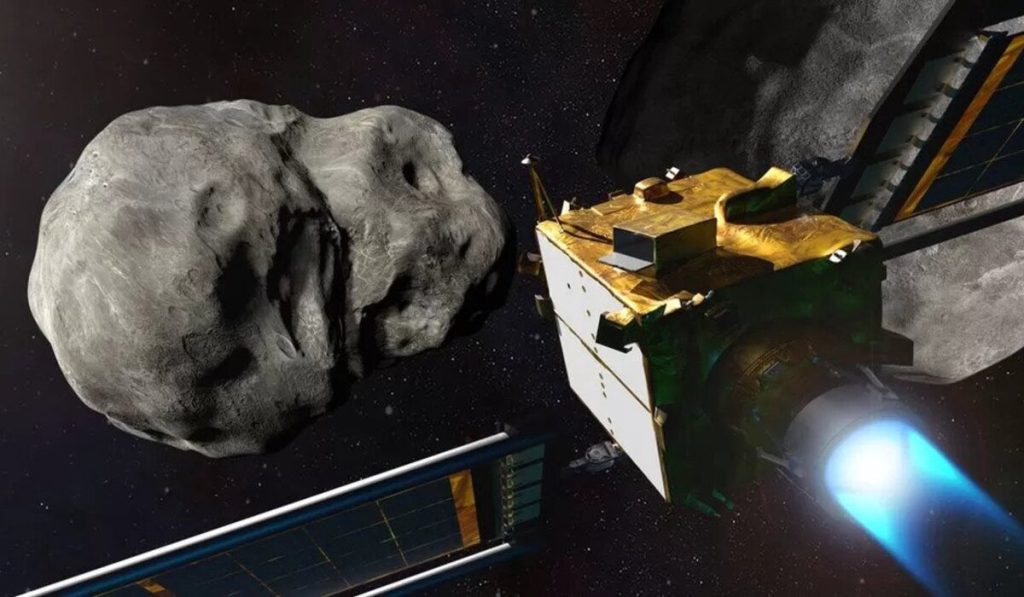In a fascinating cosmic experiment, NASA sought to alter the course of an asteroid named Dimorphos by crashing a specially designed spacecraft called Dart into it. The mission, known as the Double Asteroid Redirection Test (DART), aimed to test Earth’s ability to defend against potentially hazardous asteroids. However, the outcome of this endeavor has left scientists baffled and intrigued by the asteroid’s unexpected behavior.
Dimorphos, which orbits a larger asteroid called Didymos, became the focus of attention when DART successfully slammed into it in September of the previous year. DART, roughly the size of a refrigerator, collided with Dimorphos in an attempt to change its trajectory by “tens of meters.” The collision aimed to demonstrate whether a similar method could be employed in the future to divert an asteroid that might pose a threat to Earth.
In the aftermath of the collision, observations from a surprising source added a new layer of mystery to the mission’s results. A group of students, guided by their teacher, Jonathan Swift, at California’s Thacher School, utilized their school telescope to monitor Dimorphos. To their amazement, they discovered that the asteroid’s orbit was behaving strangely. More than a month after the collision, Dimorphos exhibited an unexpected slowdown in its orbit, a phenomenon that defied explanation at the time.
The findings of Swift and his students were presented at a meeting of the American Astronomical Society, garnering the attention of the scientific community. This discovery raised questions about the long-term effects of asteroid collisions, prompting NASA to reconsider the implications of DART’s mission. Swift’s team provided critical data that could shape future asteroid redirection missions, as it indicated that the impact of such collisions might have unforeseen consequences.
One possible explanation for Dimorphos’ post-collision orbit change is the debris produced by the impact. Large rocks and other materials ejected during the collision could have fallen back onto the asteroid’s surface, further altering its orbit. This idea challenges previous assumptions about the immediate and long-term consequences of asteroid deflection missions.
The European Space Agency (ESA) plans to launch a mission called Hera, scheduled to reach Dimorphos in 2026. Hera will investigate the asteroid, providing valuable insights into what happened following DART’s impact. It will closely examine the crater created by the collision, gather precise measurements of Dimorphos and Didymos, and study their composition and mass. These data will offer a clearer understanding of the asteroids’ behavior in space and the specific effects of the collision.
In summary, NASA’s DART mission, designed to test asteroid deflection techniques, not only achieved its intended goal but also led to a puzzling discovery. The subsequent observations by a group of high school students and their teacher have highlighted the complexity of asteroid dynamics and the need for further research. The upcoming Hera mission promises to shed more light on the mysterious behavior of Dimorphos, deepening our understanding of asteroid interactions and potentially informing future efforts to protect Earth from asteroid threats.

